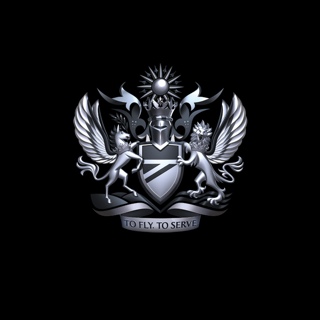Information
-
Document No.
-
Audit Title
-
Client / Site
-
Conducted on
-
Prepared by
-
Location
-
Personnel
COVER ABCD
-
Circulation satisfactory: check pulse rate and character. Start CPR if indicated.
-
Check Colour: confirm saturation reading
-
Oxygen: check 100% oxygen is being delivered.
-
Oxygen analyser: check than oxygen is delivered as dialled on the anaesthetic machine.
-
Ventilate: hand ventilate to confirm airway patency and check lung compliance. Observe chest movement. Check capnograph.
-
Vaporiser: Confirm the vaporiser settings, that the vaporiser is full and well seated.
-
Endotracheal tube: consider kinks, obstructions, endobronchial intubation or removal. Consider suction catheter, replacing or removing.
-
Eliminate the circuit: change to a self-inflating bag with an alternative oxygen source.
-
Review monitors: check all monitors correctly applied and calibrated (eg arterial line, NMT monitor)
-
Review equipment: Check all equipment in contact with the patient including warmers, electrocautery, probes, retractors etc
-
Airway (not intubated): consider laryngospasm, foreign body, aspiration, regurgitation.
-
Breathing: check for hypoventilation, bronchospasm, pulmonary oedema, lobar collapse, pneumothorax, haemothorax.
-
Circulation: check pulse, peripheral perfusion, BP, rhythm, ECG. Check CVP/JVP, intrathoracic pressure (inadvertent PEEP). . Consider ischaemia.
-
Drugs: check correct drugs are being administered, iv lines are flowing. Check for unintended drug administration.
A SWIFT CHECK
-
Air embolus
-
Anaphylaxis
-
Air in the pleura
-
Awareness
-
Surgeon: vagal stimulation, caval compression, bleeding, cardiac manipulation
-
Sepsis
-
Wound: check trauma, bleeding, tamponade, retractors, pneumothorax
-
Water intoxication: check sodium, fluid overload.
-
Infarct: check for myocardial ischaemia
-
Insufflation: check for vagal responses or intravascular gas embolism.
-
Fat: poor oxygenation or hypotension due to positioning in obese patient
-
Full bladder
-
Trauma: consider undiagnosed traumatic injuries like spinal injury, intracranial injury, visceral injury
-
Tourniquet down: local anesthetic toxicity, failed block, bleeding
-
Cannula: leak, blocked, tissued, failure to deliver drugs
-
Chest drain: fallen out, blocked, organ injury during insertion, incorrectly connected, underwater seal problems
-
Cement: methylmethacrylate cement effect
-
Hyper or hypothermia
-
Hypoglycaemia
-
Embolus: fat, thrombus, amniotic fluid
-
Endocrine: thyroid, adrenal, pituitary, diabetes mellitus, diabetes insipidus, carcinoid syndrome
-
Check: old casenotes for preoperative status, diseases, drugs
-
K+: hypo or hyperkalaemia
-
Keep the patient asleep with propofol, benzodiazepine or ketamine until new machine ready.
















